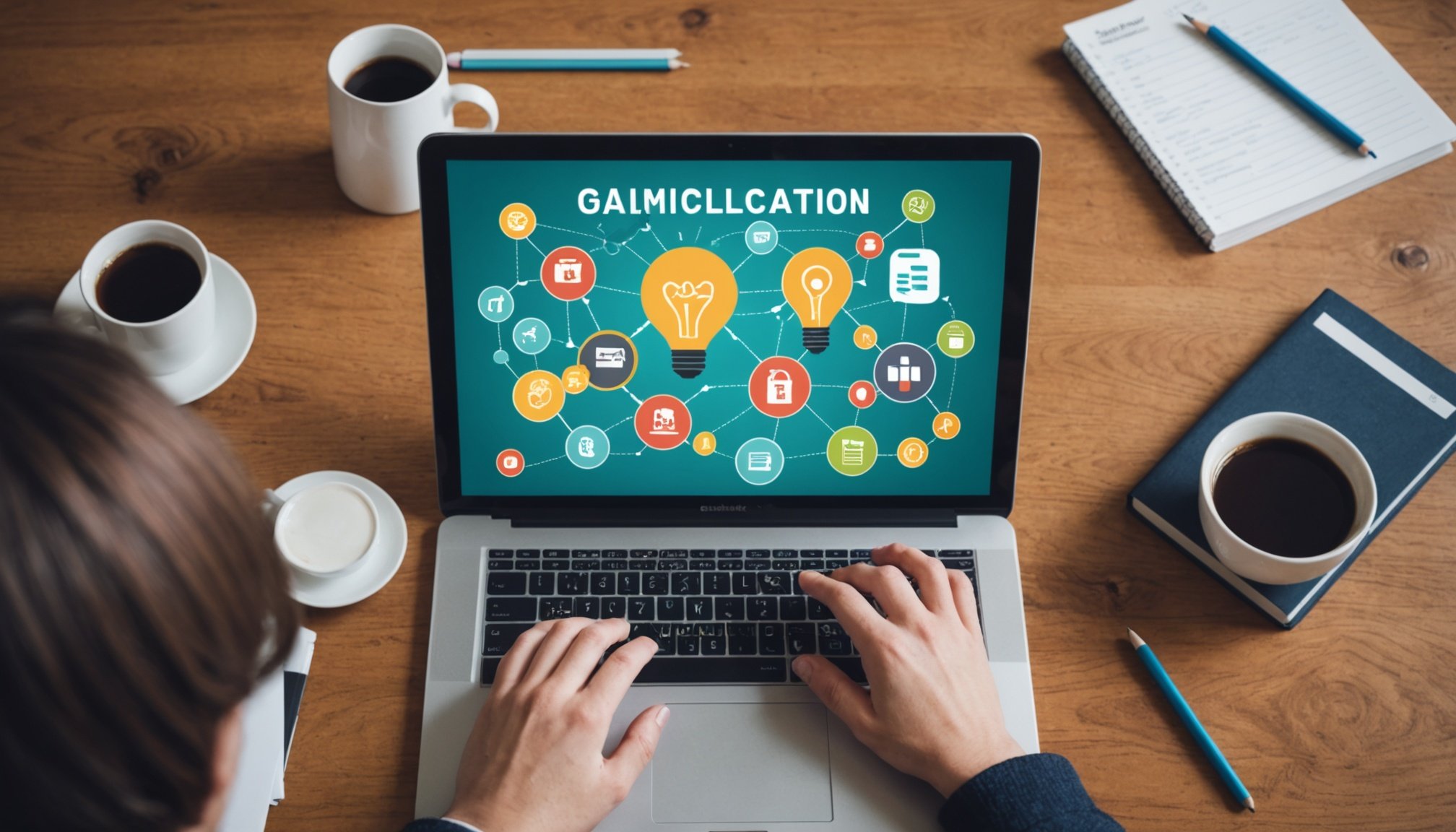Overview of Gamification in Education
Gamification in education fundamentally reshapes learning by incorporating game-like elements to captivate students and enhance their educational experience. This approach leverages student engagement strategies derived from traditional gameplay, such as setting objectives, scoring points, and providing immediate feedback to promote active learning. Originating as a supplementary method, it has gained considerable traction in the UK educational landscape over recent decades, reflecting an evolution from conventional teaching methodologies.
Historically, gamification’s introduction into schools occurred amid a broader shift toward technology-enhanced learning, paralleling the digital transformation observed across various sectors. The increasing integration of devices in classrooms paved the way for innovative learning techniques that utilize the engaging nature of games to facilitate understanding and retention. This approach has influenced curriculum design by focusing on enhanced engagement, making learning not only informative but also immersive.
Also to read : Crafting a Greener Future: Strategic Marketing for Sustainable UK Breweries
In today’s educational context, the importance of student engagement cannot be overstated. As gamification becomes more embedded in learning environments, it serves as a powerful tool to capture students’ attention and foster a more interactive educational experience, aligning with contemporary needs and expectations.
Effective Gamification Techniques in the UK
In the evolving landscape of UK education, gamification techniques have become pivotal in enhancing student participation. These techniques include various strategies that aim to make learning engaging and interactive.
Also to read : AI-Powered Custom Nutrition Plans: Transforming Health Technology in the UK
Point Systems and Rewards
A cornerstone of gamification is the implementation of point systems and rewards. These methods incentivize students, providing a tangible sense of achievement for their efforts. Points can be earned for completing tasks, participating in activities, or achieving certain milestones, driving engagement through recognition and competition. For instance, in UK classrooms, educators have incorporated badges for milestones, which has noticeably increased motivation and participation among students. By tying these rewards to educational objectives, schools can foster a stimulating environment conducive to learning.
Interactive Quizzes and Challenges
Interactive quizzes and challenges play a crucial role in reinforcing learning. These tools assess comprehension while keeping the experience dynamic and engaging. UK schools often utilise digital platforms to implement these quizzes, collecting student feedback promising improved learning retention. This interactive method has consistently shown a positive impact on academic performance and student enthusiasm towards subjects.
Collaborative Learning Games
Collaborative learning games are instrumental in cultivating teamwork and communication skills. By engaging in team-based activities, students learn the value of collaboration. Various UK educational settings have successfully integrated projects that encourage peer interaction, proving effective in enhancing both social and cognitive outcomes. Incorporating collaboration in gamification techniques transforms the learning process into a supportive, community-driven experience.
Case Studies of Successful Implementation
In recent years, several UK schools and institutions have successfully implemented gamification strategies that enhance student engagement. For example, St. Mary’s High School introduced a digital badge system, resulting in a 30% increase in homework completion rates. This innovative approach shows how structuring assignments with game-like incentives can boost student motivation.
At Woodfield Academy, the integration of interactive quizzes and challenges led to a noticeable improvement in academic performance, with students scoring 20% higher on standardised tests. These quizzes encouraged students to review the material actively and receive immediate feedback, reinforcing learning.
Another success story comes from Northwood College, where collaborative learning games were used in science classes. This initiative fostered better communication and teamwork skills among students, as shown by a marked improvement in group project evaluations.
Key metrics from these implementations highlight enhancements in both learning outcomes and student engagement, underlining the scalability of such programs. Schools reported heightened enthusiasm across subjects and an increased willingness among students to participate. As these case studies demonstrate, integrating gamification into the educational framework not only enhances learning experiences but can also be effectively scaled across various educational settings.
Benefits of Gamification on Student Engagement
Integrating gamification in education significantly boosts student engagement by transforming conventional learning into an immersive experience. Utilizing game mechanics, such as point systems and interactive challenges, captivates students’ attention, making the educational journey more enjoyable. This stimulation leads to enhanced motivation and participation rates, promoting a deeper commitment to the learning process.
From an academic perspective, gamified learning techniques correlate with improvements in student performance. By creating interactive and rewarding learning environments, students demonstrate higher retention rates and a more profound understanding of the subject matter. For example, gamified quizzes provide instant feedback, allowing students to identify and address their learning gaps effectively.
Furthermore, these techniques nurture critical soft skills necessary for lifelong learning. Through collaborative games and challenge-based exercises, students cultivate teamwork, critical thinking, and communication abilities, essential for their future careers. By engaging in these activities, they learn the significance of collaboration and creative problem-solving, fostering well-rounded development.
Ultimately, gamified education aligns perfectly with contemporary educational needs, offering a dynamic approach that encourages both academic and personal growth. The benefits of gamification underscore its value as a transformative tool within the modern educational landscape.
Challenges and Solutions in Implementing Gamification
Integrating gamification in education often presents a unique set of challenges, requiring thoughtful solutions to ensure successful implementation.
Identifying Potential Challenges
Common obstacles faced by educators include resource limitations and insufficient technology infrastructure, which can hinder the effective deployment of gamified systems. Additionally, resistance from students and staff can pose significant barriers, stemming from a lack of familiarity or acceptance of this novel approach. Such resistance often revolves around concerns regarding the educational value of gamification and its potential to distract rather than educate.
Strategies for Overcoming Obstacles
To address these challenges, schools can implement practical solutions like enhanced professional development for educators, equipping them with the necessary skills and knowledge to utilise gamification effectively. Building a supportive school culture that embraces innovation can also help mitigate resistance. Incorporating training programs that focus on the benefits and practical applications of gamification is key to fostering acceptance among staff and students.
Tools and Resources for Educators
There are numerous platforms and software designed to facilitate gamified learning, making it more accessible for educators. Online communities and forums offer spaces for sharing best practices and resources, promoting continuous learning and adaptation in these techniques, ensuring educators remain informed and prepared.








